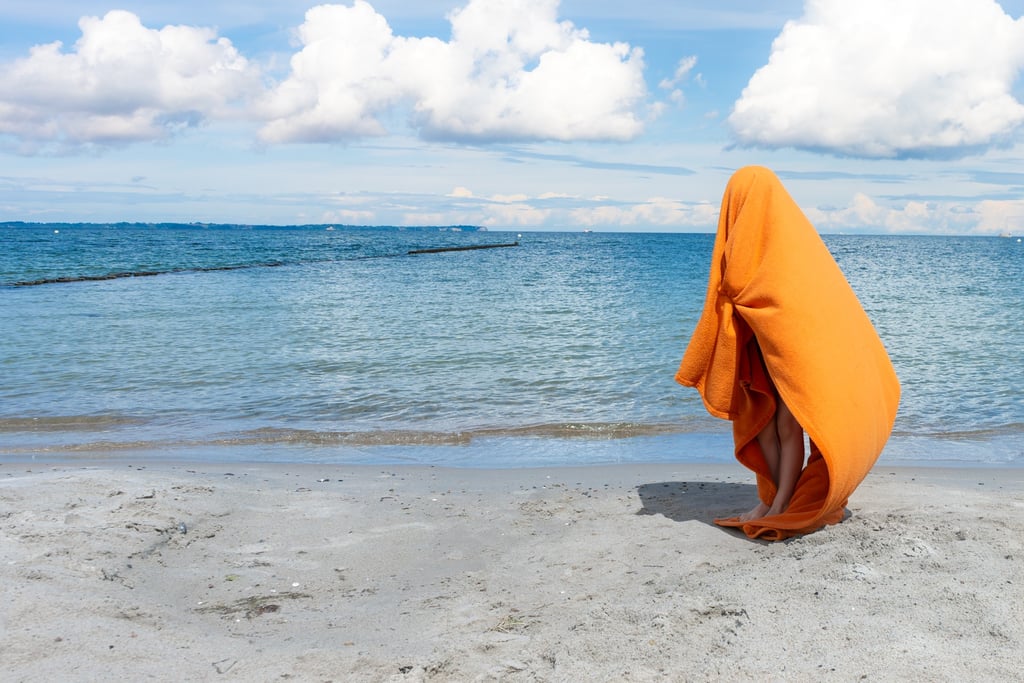Even in summer, chilly air lingers near the Baltic Sea. Thus, in our pursuit of added warmth, we find ourselves driven to create new suns.
NEW SUNS


To immigrate is also to move beyond the division between nature and culture and to recognize that there is no single 'environment.' After all, 'the environment' is the set of practices of 'environing' that produce environments in the plural (Miglietti and Morgan, 2017).
I was born in Brazil, as were my two children. Francisco, who appears in the picture, is five years old. He initially moved to Italy with me when he was three months old, and since the age of two, he has been living in Germany. The experience of immigration has viscerally and intensely taught me what I already knew from anthropological theory (my field of study): my perception of "nature" is shaped by contextual factors.
The way my five-year-old son—born in Brazil and having immigrated to Europe as a baby—relates to the environment is different from my own. I often find myself "learning" about the European environment through him. He knows the names of the birds, adapts to the cold differently, and does not find it strange that all the tree leaves fall together in winter.
This photo is about an exchange of knowledge—his and mine. I find myself in a position where I need to learn about this new environment in which I live, while also needing to teach him and his brother about the "natures" of Brazil. To reflect on immigration is also to reflect on natures in the plural. And thinking in terms of multiple natures serves as a reminder that if we are to take the climate crisis and ecological discussions seriously, we must consider diverse environmental knowledges and practices.
References
Morgan, J. E., & Miglietti, S. (2017). Introduction: Ruling "climates" in the early modern world. In J. Morgan & S. Miglietti (Eds.), Governing the environment in the early modern world: Theory and practice (pp. 1–21). Routledge.
© Ana Cichowicz